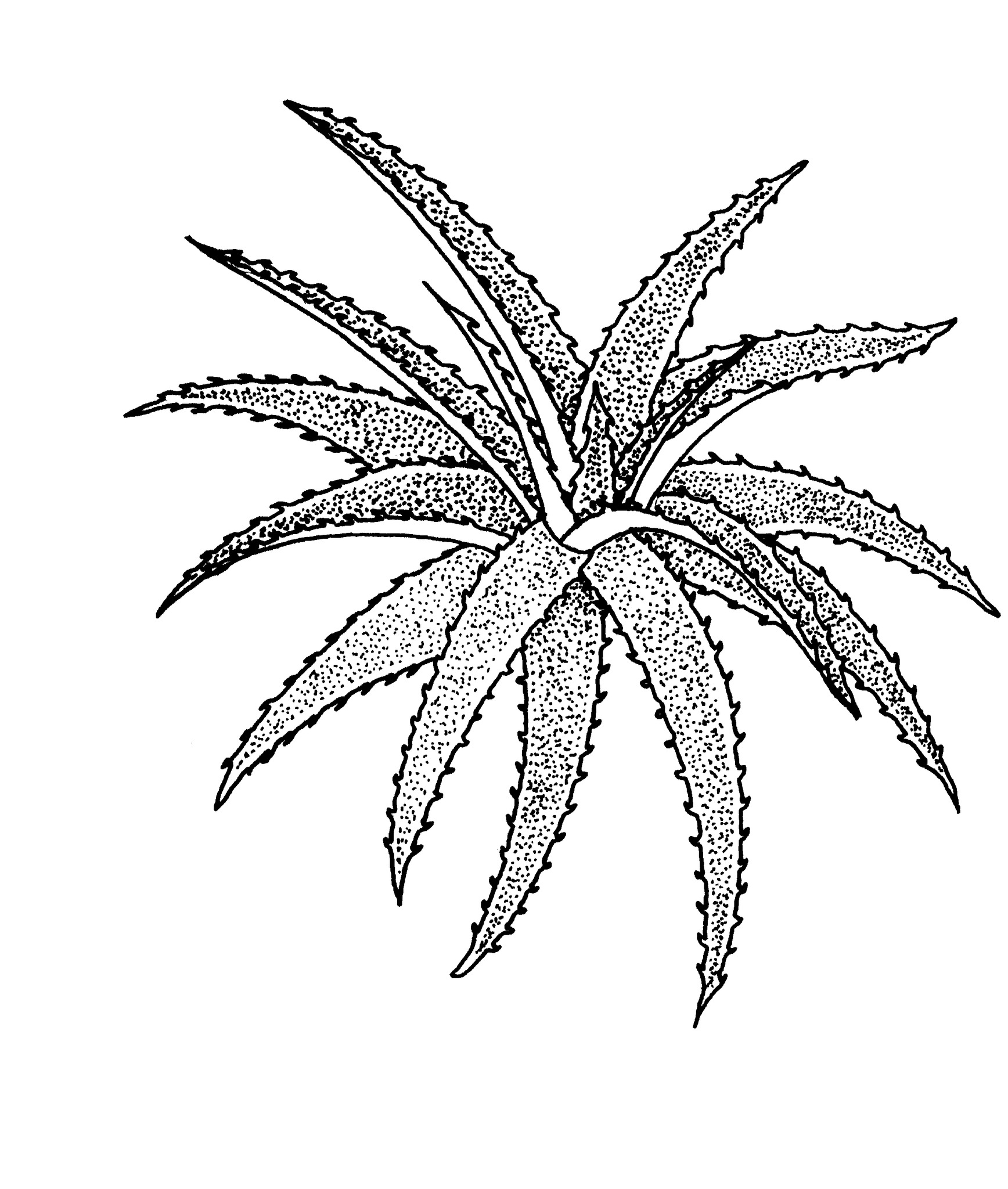
Named after Prince von Salm-Dyck (1773–1861) author of one of the earliest books on succulent plants.
Small to large plants. Leaves in a dense rosette; sheaths rather fleshy; blades attenuate. Scape almost always conspicuous, usually lateral. Inflorescence paniculate to simple. Flowers relatively small, yellow to red; petals blades broad and distinct. Seeds wide and winged.
Only a few species are in cultivation. Dyckia are often grown together in open rockeries and hybridise readily making identification difficult. Most of those grown from seed obtained from cultivated sources, including botanic gardens, will almost certainly be hybrids. Many are treated as succulents by cactus and succulent enthusiasts.The smaller plants are used in pot culture.
Clump-forming with spiny leaves; inflorescence without an involucre; sepals without spines; petals to 3 cm; ovary superior.
Over 100 species from eastern South America, mainly Brazil.
Source: (2005). Bromeliaceae. In: . Horticultural Flora of South-eastern Australia. Volume 5. Flowering plants. Monocotyledons. The identification of garden and cultivated plants. University of New South Wales Press.
